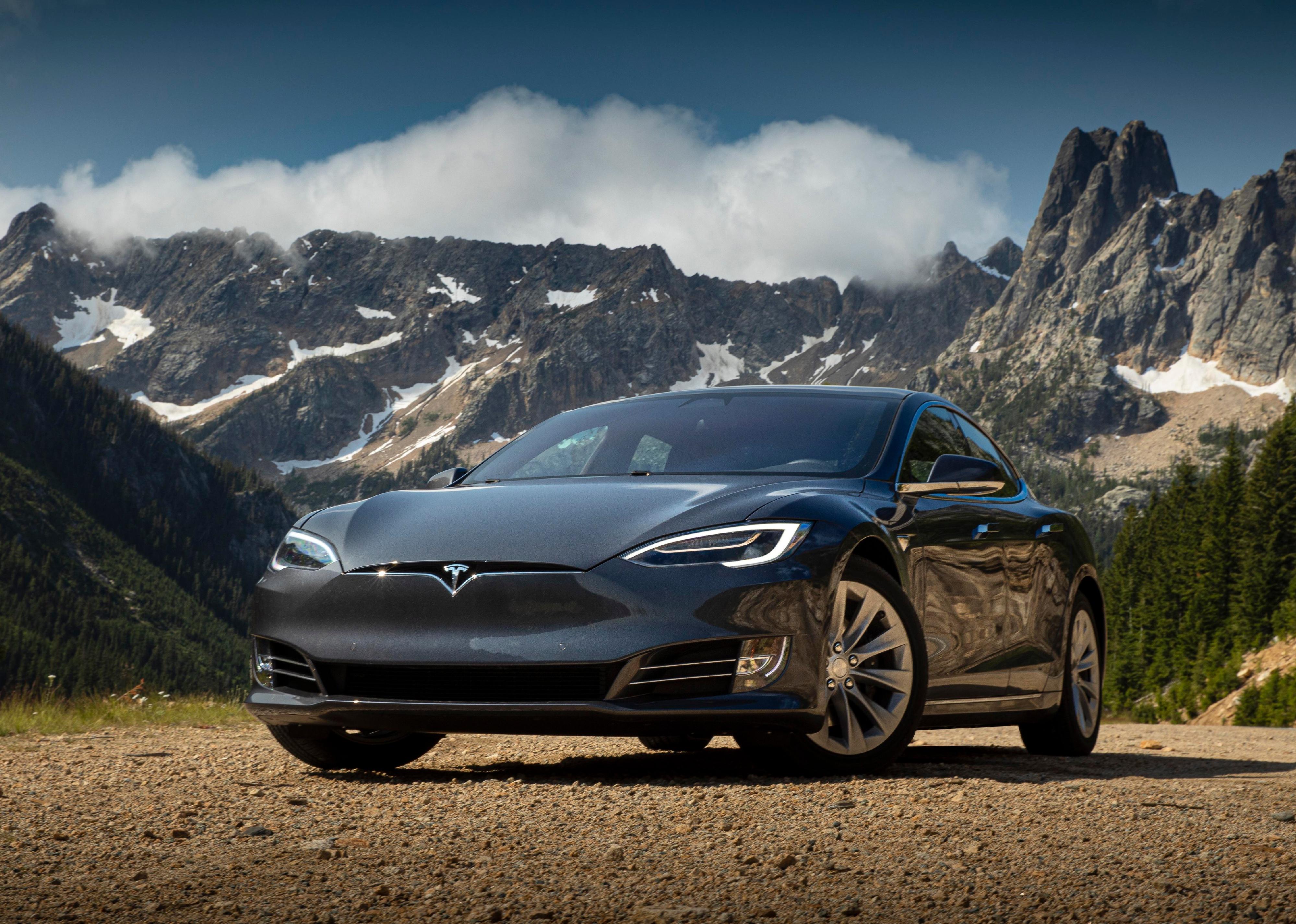
Here's what the most popular electric vehicles cost the average driver to own
This story originally appeared on CoPilot and was produced and distributed in partnership with Stacker Studio.
Here's what the most popular electric vehicles cost the average driver to own
While the automotive industry sharpens its turn towards manufacturing eco-friendly electric models designed to offer a small-to-no direct carbon footprint, drivers steadily follow the trend as their trust in these new cars grows. A tangible result of the increasing demand for electric vehicles both in the U.S. and around the world is the progressively declining cost of buying and owning one.
An incentive for potential EV buyers was announced by the Biden administration in 2022 as part of the Inflation Reduction Act. The act amended the Clean Vehicle Credit—initially applicable on purchases of new electric, fuel cell electric, and plug-in hybrid electric vehicles acquired on and before Dec. 31, 2022—to include cars placed in service on or after Jan. 1, 2023, under certain provisions updated periodically by the IRS and the Department of the Treasury.
Buyers of electric and alternative fuel vehicles can qualify for a tax credit of up to $7,500, which, according to the IRS, breaks down to $2,917 for a vehicle with a battery capacity of at least 5 kilowatt-hours and an additional $417 for each kWh of capacity over 5 kWh. Moreover, as of 2024, buyers will have the option to take the tax credit right at the point of purchase as a discount on their final vehicle purchase price.
The government plays a key role in the dynamics of the electric car market. The number of charging stations must be sufficient and easily accessible for EVs to match and eventually outgrow the convenience of owning gasoline-powered cars.
Another financial perk of owning an EV is that they require less maintenance. While plug-in hybrid electric vehicles and hybrid electric vehicles do have internal combustion engines—which bear maintenance requirements similar to those of gas-powered cars—these vehicles' batteries, motors, and associated electronics need little-to-no regular upkeep. They run on fewer fluids (such as engine oil) and have fewer moving parts that will need to be adjusted, repaired, or replaced.
EVs come with regenerative braking, a system designed for brakes to last longer than the ones on conventional vehicles. Through this mechanism, the vehicle captures the energy lost when braking by using the electric motor as a generator and storing the seized energy in the battery. In other words, each time the brakes are activated, energy is produced and stored.
When talking about electric vehicles, knowing basic nomenclature can help drivers understand the technology behind them. "Miles per gallon equivalent," abbreviated as MPGe, is a calculation made by the Environmental Protection Agency that represents the number of miles the vehicle can run using a quantity of fuel (or power source) equivalent to the same energy content as a gallon of gasoline. Rounded up, 1 gallon of gasoline is equivalent to about 33.7 kilowatt-hours of battery power. The EPA range measures the performance of an EV by running it through a series of tests on a dynamometer that simulate real driving conditions.
CoPilot estimated the costs of the most popular electric vehicles from 2021 based on data from its CoPilot Price Pulse tool, Car and Driver, and the Bureau of Labor Statistics. Data for EPA range and MPGe are included for each vehicle. The cost per gallon equivalent is calculated using the national average electricity price in January 2023.
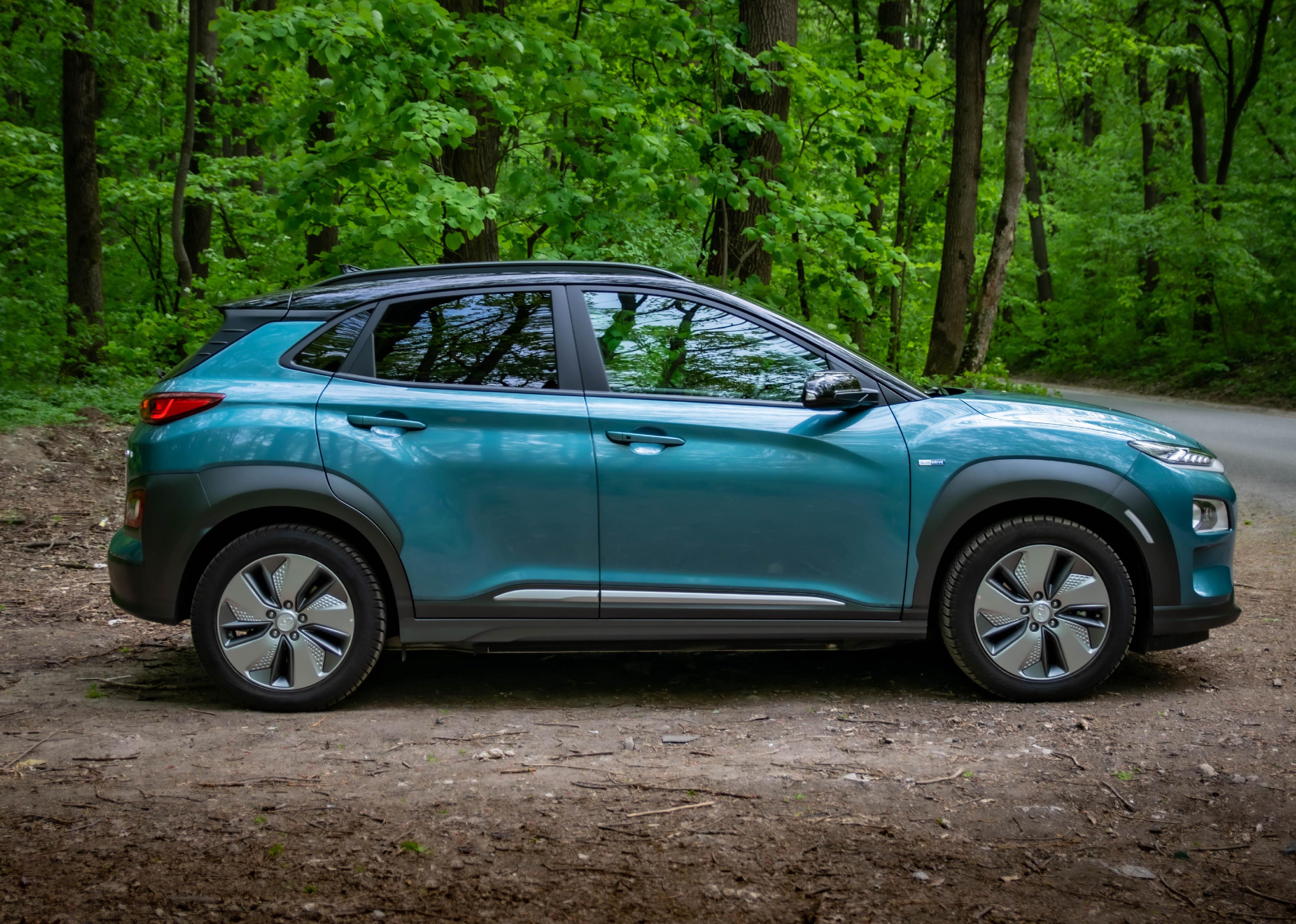
#10. Hyundai Kona Electric
- Model used for comparison: 2021 Hyundai Kona Electric
- Market price: $23,998
- EPA fuel economy (MPGe): 120 combined/132 city/108 highway
- Cost per gallon equivalent: $0.047 combined/$0.043 city/$0.052 highway
- EPA range: 258 miles
"Versatile" is one of the words commonly used to describe the Hyundai Kona Electric. The South Korean carmaker prides itself on manufacturing a vehicle with top-notch technology and optimal safety features. The SUV can charge from 10% to 80% in an hour at level 3 50kW DC fast charging stations, and from 10% to 100% in nine hours with a level 2 240V charger. The latter can be easily installed in most homes.
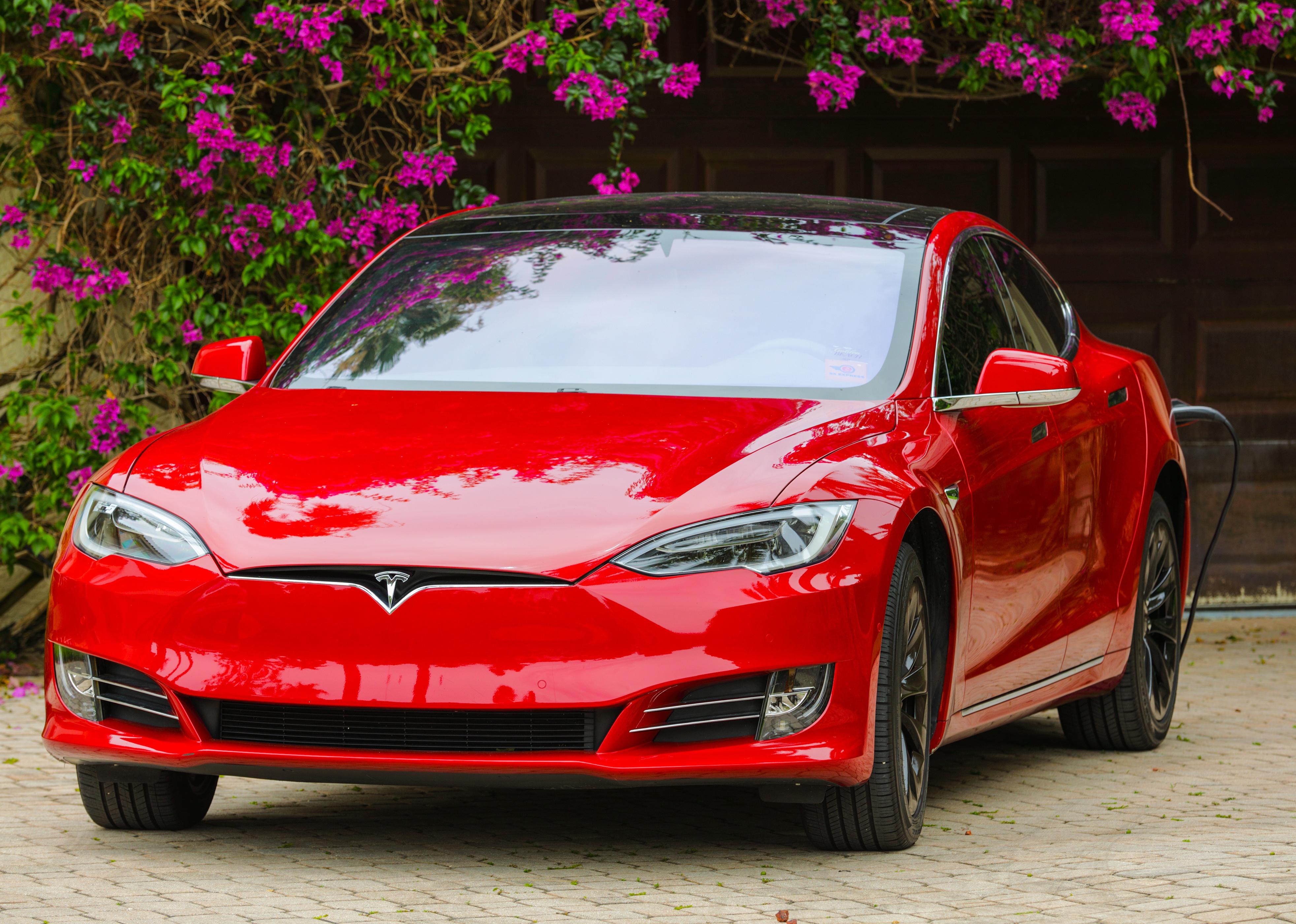
#9. Tesla Model S
- Model used for comparison: 2021 Tesla Model S
- Market price: $96,315
- EPA fuel economy (MPGe): 117 combined/121 city/112 highway
- Cost per gallon equivalent: $0.048 combined/$0.047 city/$0.051 highway
- EPA range: 402 miles
The compact U-shaped steering wheel of the electric Tesla S offers unblocked views of its digital dashboard and the road. The 17-inch high-res touch screen serves as a full control center for the model's 10 teraflops of processing power, which unleash uncountable entertainment options. In-car gaming is available from any seat with wireless controllers and headset compatibility. The back has seating for three and an armrest with storage and wireless charging points. Its EPA range is the highest in the ranking.

#8. Porsche Taycan
- Model used for comparison: 2021 Porsche Taycan Sedan
- Market price: $124,436
- EPA fuel economy (MPGe): 79 combined/76 city/84 highway
- Cost per gallon equivalent: $0.072 combined/$0.074 city/$0.067 highway
- EPA range: 200 miles
The priciest vehicle on the list is a roomy four-seat luxury car that outshines its competitors due to its high-quality interiors, excellent handling, and impressive technology. The 2022 model comes with standard Android Auto software and remote park assist, while the 2023 iteration has improved driving range and an updated infotainment system.
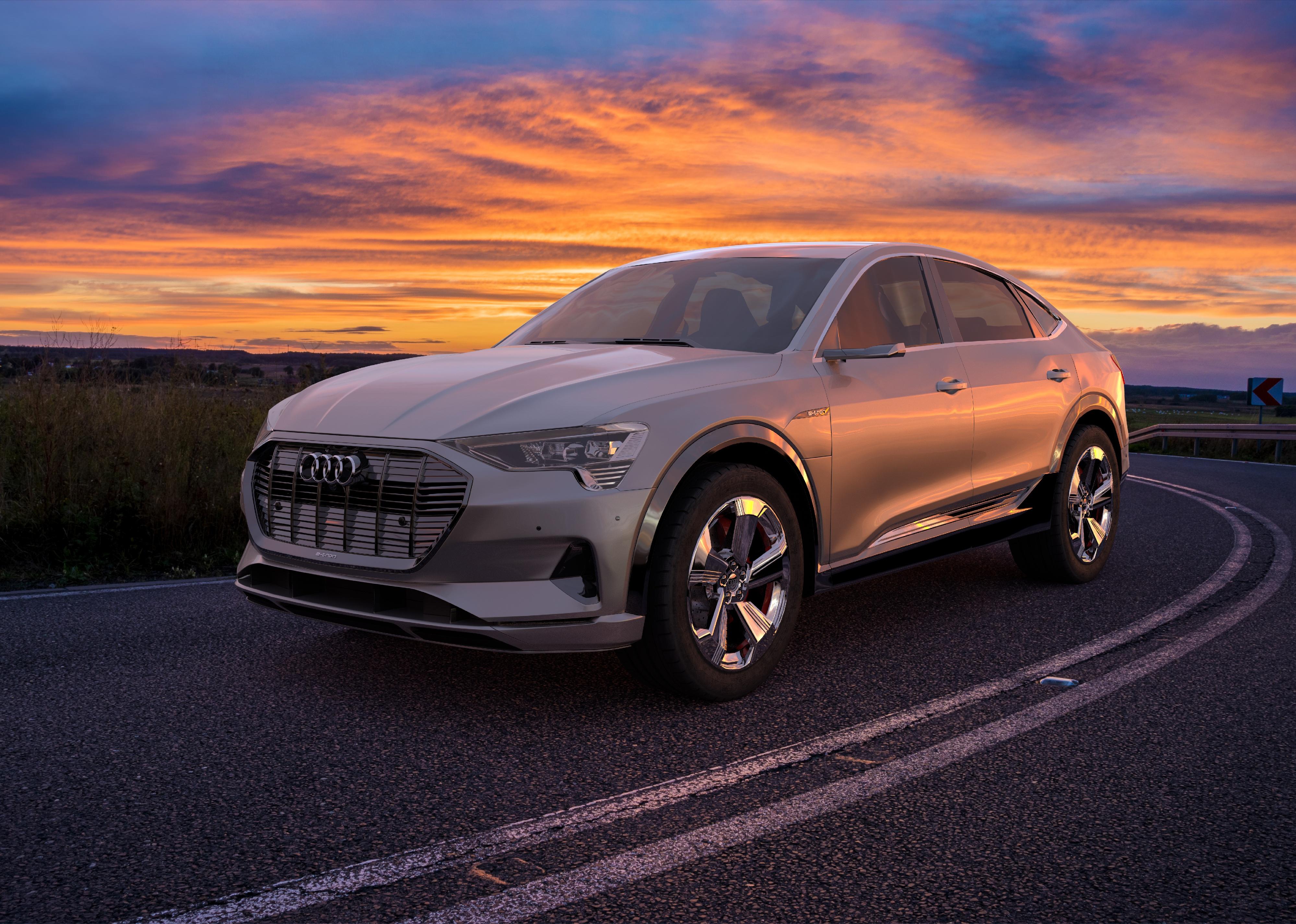
#7. Audi e-tron and e-tron Sportback
- Model used for comparison: 2021 Audi e-tron
- Market price: $59,638
- EPA fuel economy (MPGe): 78 combined/78 city/77 highway
- Cost per gallon equivalent: $0.073 combined/$0.073 city/$0.074 highway
- EPA range: 222 miles
The air suspension on the Audi e-tron adjusts to optimize driving dynamics. Drivers can also change the ride height, drivetrain, steering, and suspension to meet their preferences. The latest Sportback model has a convenient passenger-side AC-only charging port. All ports in Audi EVs are compatible with level 1 and level 2 charging stations.
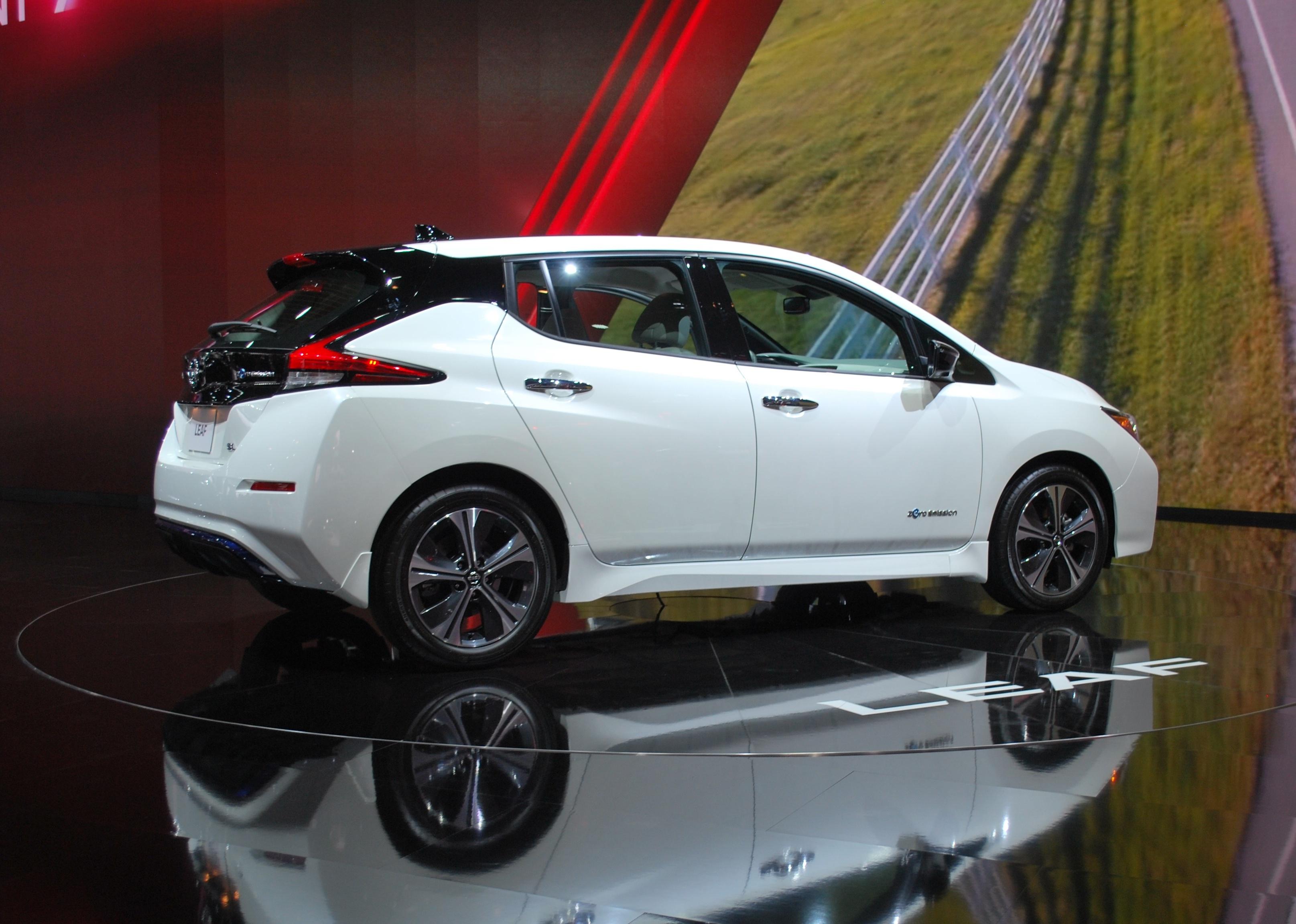
#6. Nissan Leaf
- Model used for comparison: 2021 Nissan Leaf
- Market price: $28,436
- EPA fuel economy (MPGe): 111 combined/123 city/99 highway
- Cost per gallon equivalent: $0.051 combined/$0.046 city/$0.057 highway
- EPA range: 149 miles
"The chill zone" is how Nissan describes the state of mind achieved when getting behind the wheel of its all-electric Leaf model. ProPILOT assist is a set of technological tools that help to drive and make quick decisions to avoid traffic, road work, and other undesirable obstacles that may jeopardize a driver's journey. The advanced driver assistance system keeps an eye on streets and highways to warn drivers of any potential risk or occurrence throughout their commute.
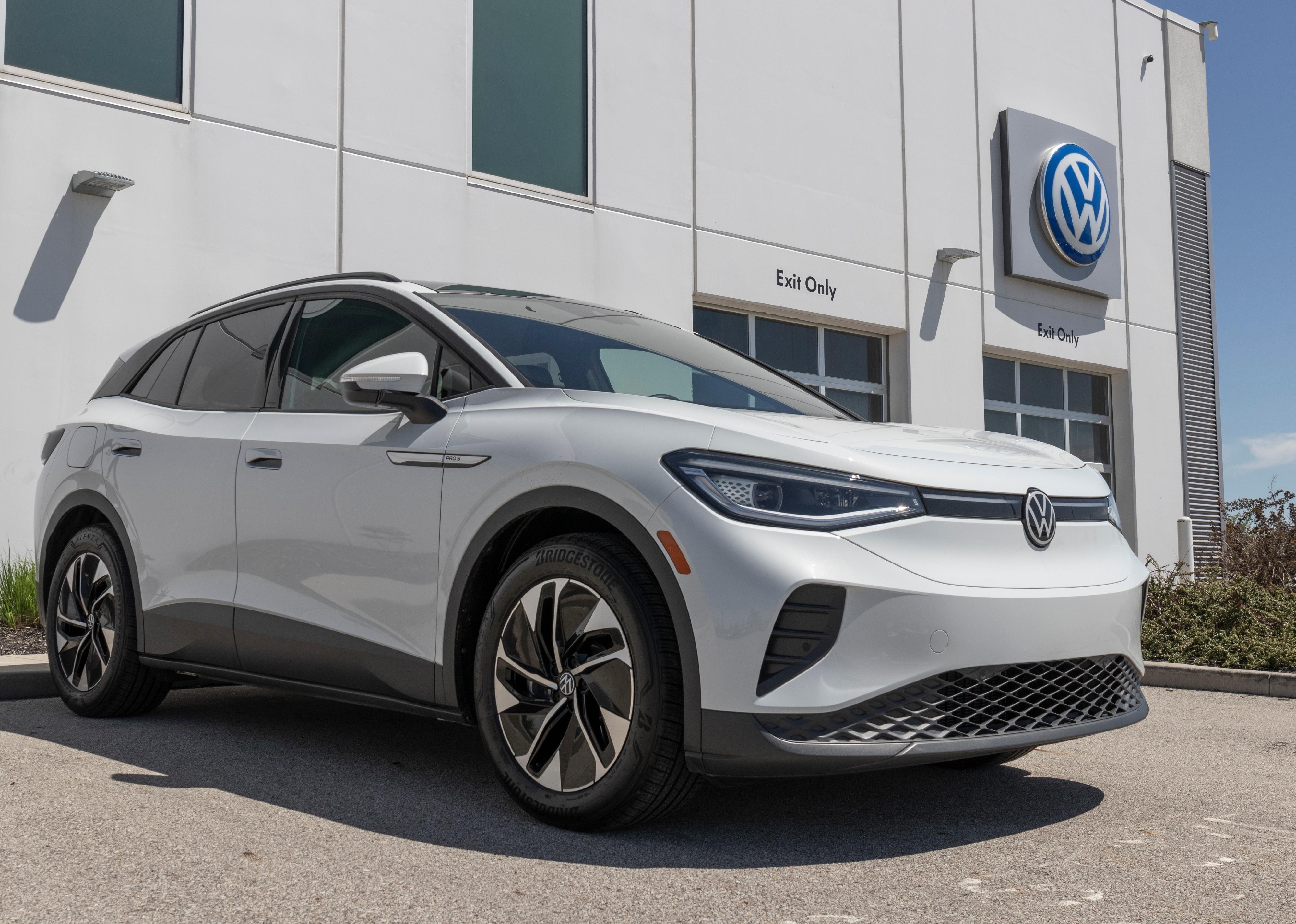
#5. Volkswagen ID.4
- Model used for comparison: 2021 Volkswagen ID.4
- Market price: $41,477
- EPA fuel economy (MPGe): 91 combined/104 city/89 highway
- Cost per gallon equivalent: $0.062 combined/$0.054 city/$0.064 highway
- EPA range: 260 miles
Though categorized as an SUV, the Volkswagen ID.4 was designed to feel and handle like a sports car. The ID.4 is capable of going from zero to 60 mph in only 5.7 seconds. The automaker offers as one buying incentive three years of unlimited half-hour charging sessions at Electrify America DC Fast Charger locations. At an 11kW level 2 home charger, the battery can recharge in just over six hours for ID.4 Standard & ID.4 S trims or about 7.5 hours for ID.4 Pro versions.
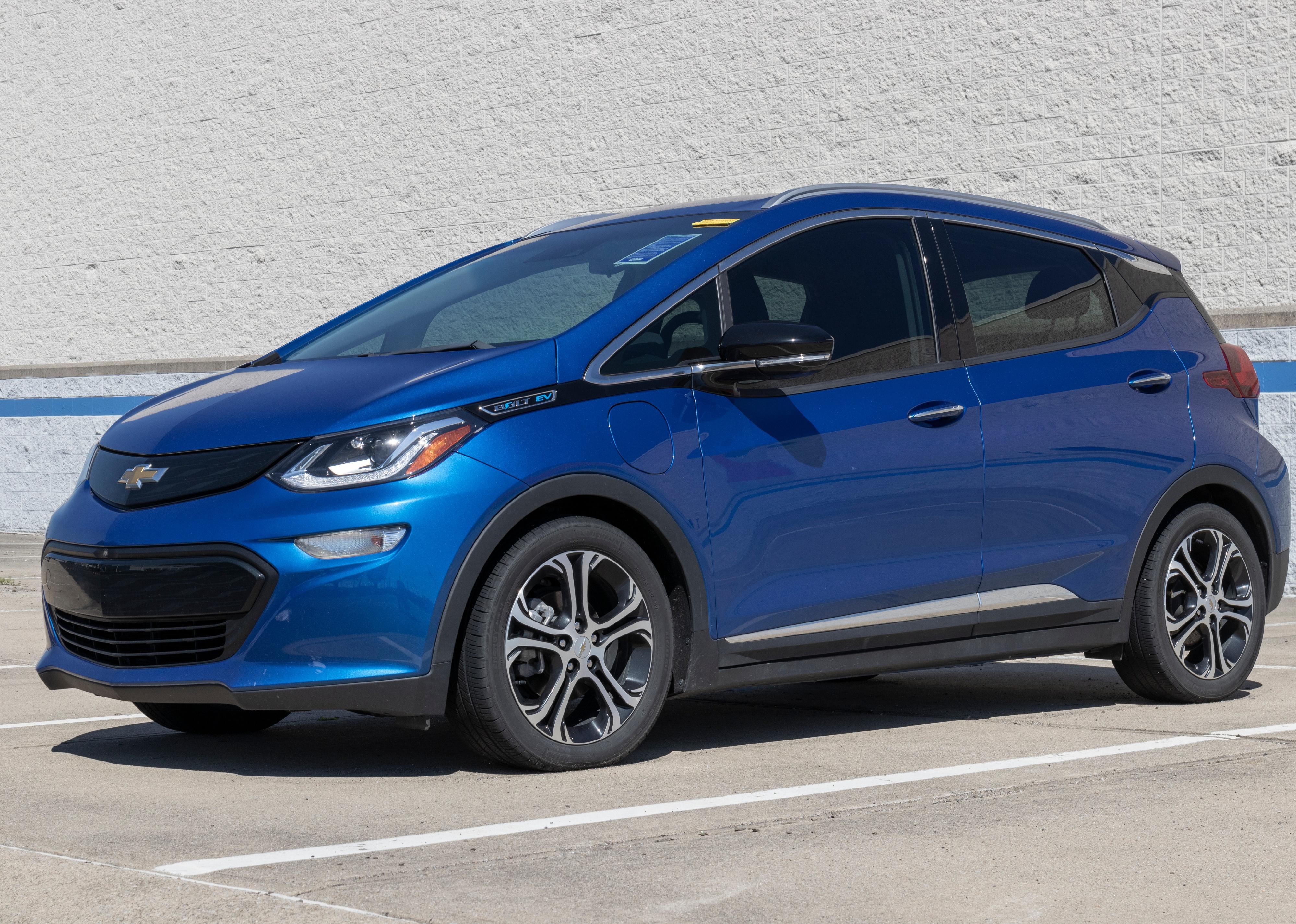
#4. Chevrolet Bolt EV and EUV
- Model used for comparison: 2021 Chevrolet Bolt EV
- Market price: $28,220
- EPA fuel economy (MPGe): 118 combined/127 city/108 highway
- Cost per gallon equivalent: $0.048 combined/$0.045 city/$0.052 highway
- EPA range: 259 miles
The Chevrolet Bolt EV and EUV have hands-free driver assistance technology capable of navigating 200,000 miles of compatible roads (i.e., pre-mapped) in the U.S. and Canada. One of the model's strongest safety features is an enhanced automatic emergency braking system, which uses radar to help avoid or reduce the severity of front-end collisions.

#3. Ford Mustang Mach-E
- Model used for comparison: 2021 Ford Mustang Mach-E
- Market price: $51,631
- EPA fuel economy (MPGe): 100 combined/105 city/93 highway
- Cost per gallon equivalent: $0.057 combined/$0.054 city/$0.061 highway
- EPA range: 230 miles
As Ford puts it: "This ain't no one-trick pony." The latest technology is incorporated into each year's new model, continually updating via over-the-air software updates. The 2023 Mustang Mach-E comes in just two colors—cyber orange and grabber blue metallic. Similar to the Chevy Bolt, the Mach-E had thousands of miles of "Hands-Free Blue Zone" miles installed for hands-free driving, and Ford's Co-Pilot 360 contains a wide range of standard safety features including blind spot assist and lane keep assist.
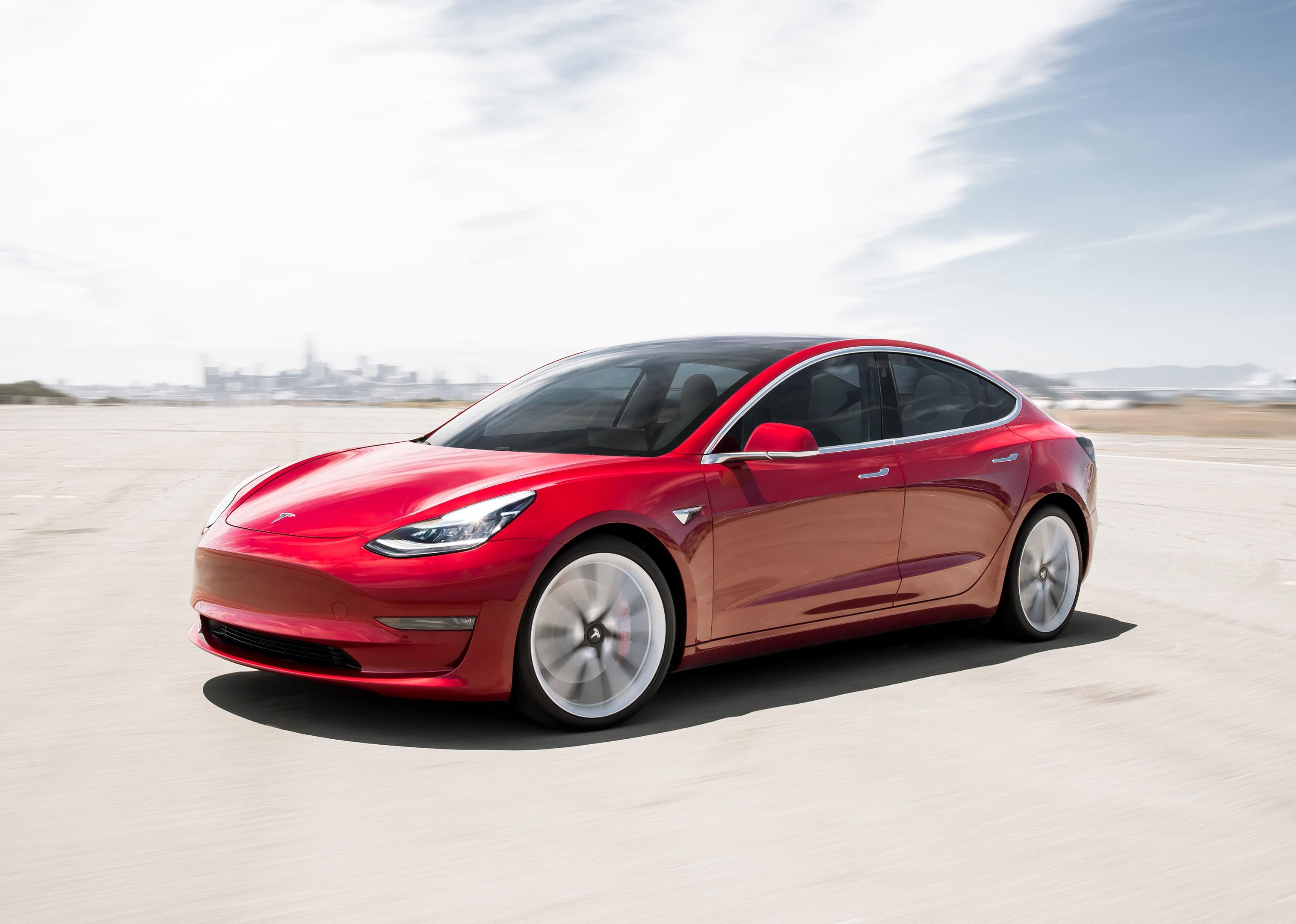
#2. Tesla Model 3
- Model used for comparison: 2021 Tesla Model 3
- Market price: $43,783
- EPA fuel economy (MPGe): 142 combined/150 city/133 highway
- Cost per gallon equivalent: $0.040 combined/$0.038 city/$0.043 highway
- EPA range: 263 miles
Tesla's Model 3 has a dual all-wheel drive system with two independent motors for front- and rear-wheel handling, optimizing durability and reducing the frequency of maintenance services. The driver's smartphone functions as a key to open and start the vehicle and access all driver controls on the onboard 15-inch touch screen. The electric sedan has an all-glass roof that extends from front to back. A noteworthy safety feature: high-performance brakes for better control in all weather conditions.
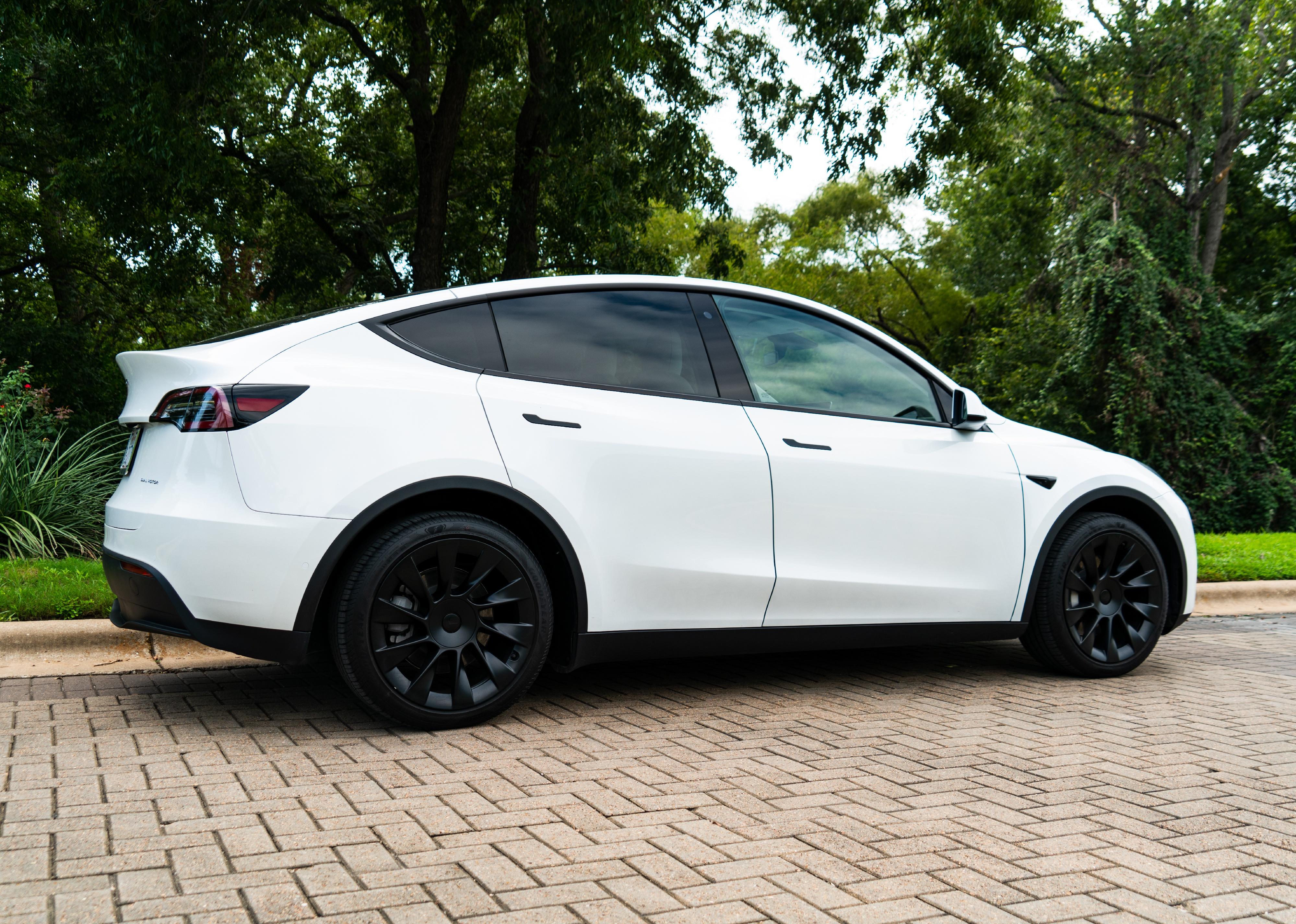
#1. Tesla Model Y
- Model used for comparison: 2021 Tesla Model Y
- Market price: $54,356
- EPA fuel economy (MPGe): 129 combined/140 city/119 highway
- Cost per gallon equivalent: $0.044 combined/$0.040 city/$0.048 highway
- EPA range: 244 miles
The Model Y is an SUV capable of seating up to seven passengers. The model has Tesla's signature 360-degree vision, provided by rear, side, and front cameras that detect nearby cars, help prevent collisions, and assist with parking. The Y has the same two independent motor systems as the Model 3 for front- and rear-wheel handling and has been awarded several top recognitions for its outstanding performance in crashworthiness and front crash prevention tests.



